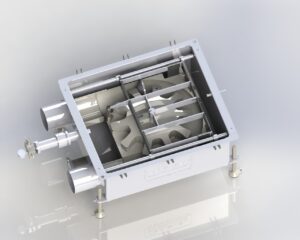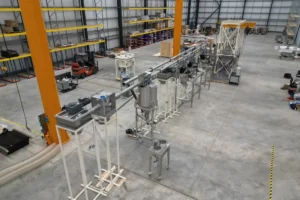People often discuss how the region or cultivar affects the way coffee tastes, but what is equally important is coffee beans processing. There are several ways of processing coffee, but the two main ones are natural (dry) and washed (wet) processing. Understanding what natural and washed methods involve will help you understand what you want in your coffee because these two techniques affect mouthfeel and flavor in many ways. Within these two methods, there are countless variations that give producer groups and farmers the opportunity for their coffee artistry to shine.
Understanding Coffee – From Processing to Packaging
When searching for the perfect cup, you never know where you may find it because coffee flavors vary so dramatically. Therefore, understanding coffee processing methods is crucial to understanding which beans are most likely to carry specific flavors (just like basic knowledge of different cultivars and regions).
Difference Between Specialty and Commercial Coffee
Specialty and commercial-grade are the two basic divisions of coffee products. From the consumer’s perspective, the packaging is the most obvious difference between specialty and commercial coffees. Specialty coffee is always stored and delivered as whole beans (either in bulk or one-pound bags) and needs to be ground before brewing. Commercial coffee is usually already ground and comes packed in a collapsed, plastic-encased brick or little bottles of instant coffee.
Roasting Processes – Tradition Versus Mass Production
When it comes to roasting, specialty coffee is typically roasted in small factories and stores, using more traditional technologies and methods. It’s also sold where it’s roasted. On the other hand, commercial coffee is roasted and packaged in large plants under big brand names.
When buying specialty coffee, consumers have more choices. They can buy blends designed for a certain flavor, time of day, or price. They can also choose from different roasts (e.g., Italian roast, French roast, etc.), or they can select their coffee based on the place where the bean originated (e.g., Ethiopia, Kenya, Colombia, Brazil, etc.). Consumers of commercial coffee have few choices for buying unblended, single-origin beans, and they are offered a limited selection of roast and blend.

Specialty Coffee Market Trends
Right after tea, coffee takes second place as the world’s most consumed beverage. The global market is continually growing, driven by the increasing consumption of coffee, acceptance of coffee culture, and an increasing number of shops. Coffee consumption has been increasing in both emerging and advanced economies. In developed countries (such as the U.S., Canada, and Japan), coffee is the second-most preferred beverage after tea.
In developing economies (for instance – Brazil, India, and China), consumers are also experimenting with different types of coffee. The increasing demand is the result of the increased opportunity for growth for the vendors in the market. According to the Adroit Market Research report, the global specialty coffee market is expected to grow and top out at $83.6 billion in revenue and almost 1.65 million tons in volume by 2025. Market volume is estimated to grow at a CAGR of 8.3 %, while the market revenue is projected to grow at a CAGR of 13.3% over the foreseeable future.
Both retailers and consumers are increasingly conscious of organic beverages that will get more market share. The growing demand for on-the-go coffee, the growing global urban population, and the growing buyability parity in developing countries are some of the significant variables driving the specialty industry. Millennials consume coffee as no other generation ever has before, and this demographic is a powerful driver in the world of coffee.

What Does Coffee Beans Processing Imply?
In order to prepare green coffee cherries for transport, storage, and processing, farmers and producer groups need to use several different processes. The process used on each coffee lot has an impact on potential cup traits. Each unique growing season and each particular variety yields its own special beans. The varied climates and soils of widespread coffee regions produce distinguishing terroirs (just like wines).
Besides the basic palette of flavor profiles characteristic in each raw coffee cherry, the processing method will also determine the most noticeable aspects in the consumer’s cup. Experienced and skilled producers know which processing method is best for which coffee lot. High-quality coffee processing is one of the most influential factors in the higher price of premium coffee because it is a labor-intensive and meticulous process.
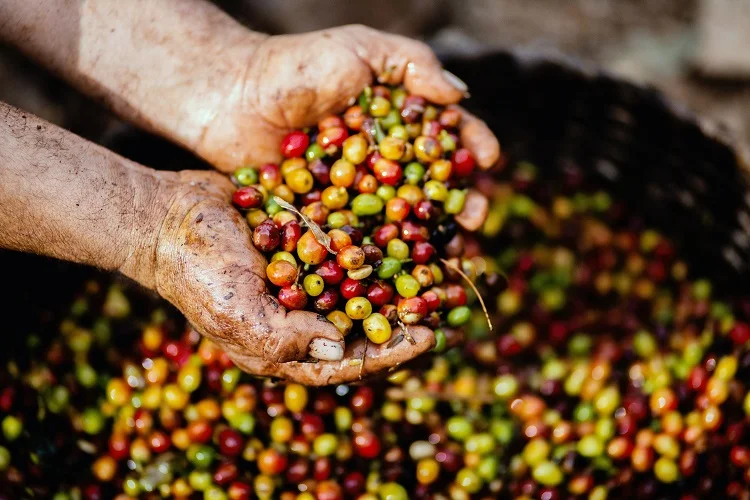
The Basics of Coffee Processing
Separating the bean from the cherry and preserving the coffee’s profitability is the goal of processing coffee. Even if the cherries were perfectly ripe when picked, and the harvest has gone well, poor coffee processing can lead to various defects (for instance – broken beans or deterioration due to fungal infection), which decrease the coffee’s value.
The grading process is called cupping, and all coffee beans can be graded with the SCAA’s grading scale. Furthermore, the coffee must have been graded by a certified grader. If there are too many defects in a sample of raw beans, the coffee will automatically be disqualified from specialty status.
Grading of Coffee Beans
Since the quality of the coffee comes down to defects in beans, green coffee is usually graded according to the seriousness of the bean defects. The SCA (Specialty Coffee Association) has developed its “Green Arabica Coffee Classification System,” which is a widely-applicable grading system. They have described the number of defects and imperfections that may affect the quality of the coffee.
There are primary and secondary defects, which are measured in a 350-gram coffee sample. Primary defect – When the bean turns “full sour,” meaning that organic matter is mixed in the coffee or has been overly fermented. Secondary defect – When there are insect-damaged or broken beans.
By following this grading system, the coffee can be graded from 1 to 5, with Grade 1 being Specialty Coffee and Grade 2 being Premium. Despite having five grades, the SCAA is concerned with just the top two. Grade 3 (Exchange Coffee), Grade 4 (Below Standard Grade), and Grade 5 (Off-Grade) have many defects and lack the flavor of the coffee consumers are familiar with.
| Coffee Grade | Defects | Quakers | Size | Distinct Attributes | Moisture Level | Other |
| Grade 1 (Specialty coffee) | 0-3 full defects, no primary | No | Maximum of 5% above or below specified screen size | The distinct attribute in aroma, body, acidity, or taste | 9-13% | Free of cup taints and faults |
| Grade 2 (Premium coffee) | 0-8 full defects | Maximum of 3 | Same as Grade 1 | Same as Grade 1 | Same as Grade 1 | Same as Grade 1 |
| Grade 3 (Exchange coffee) | 9-23 full defects | Maximum of 5 | 50% above and less than 5% below screen size | – | – | Must be free from faults |
| Grade 4 (Below standard coffee) | 24-86 full defects | – | – | – | – | – |
| Grade 5 (Off-grade coffee) | More than 86 full defects | – | – | – | – | – |
The Process of Screening
The consistency in the size of beans is achieved through a process known as screening. Screening is the method employed by producers and farmers to classify beans according to their size. This process is crucial in determining the overall quality and taste of the coffee. Here’s how it works:
- Screens – these are essentially metal sheets with holes of specific sizes. These holes allow the coffee beans to be sifted and sorted.
- Screen sizes – the screens are numbered from 8 to 20. The number indicates the size of the holes in 64ths of an inch. For instance, a size 10 screen has holes that are 10/64-inch wide, while a size 18 screen has holes that are 18/64-inch wide.
- Bean sizing – the size classification of a selection of coffee beans depends on the screens they pass through until they can’t pass through the next smaller size. For instance, if the coffee beans pass through a size 16 screen but not a size 14, they are graded as size 16.
- Measurement tolerance – there is an allowance for slight size variation in the beans, as the screening process is seldom perfect. This tolerance accounts for beans that are slightly smaller or larger than the specified size.
- Use of screens for different beans – even-numbered screens are usually used for Arabica beans, while odd-numbered screens are used for Robusta beans. For example, an Arabica lot graded at screen size 18 might effectively be a 17/18, as the next smallest screen used for these beans is typically size 16.
The following video shows coffee integrity is maintained with Cablevey Conveyor System.
Processing Methods
Some processing methods require more natural resources, investment, and time than others, so going with the right processing method can be a crucial decision for a coffee producer or farmer.
Dry or Natural Processing
Also known as the original method for processing coffee, it is the oldest and most reliable method. After being harvested, coffee cherries are left on mats, patios, or raised beds to dry. Once it dries enough, the bean is either hulled immediately to remove the inner parchment and outer skin, or it is stored for a period of months. What remains are the coffee beans.
When processed properly, natural or dry coffees have fruited flavors that are rarely experienced in washed (wet) coffees. Notes of strawberry or blueberry might perfume a cup so that even those new to specialty coffee tasting can pinpoint the flavor. The coffee beans absorb the essence of the drying flesh of the fruit. Naturally processed coffees have the potential to show off a specific region’s terroir, which is the result of the beans’ prolonged contact with the original fruit.
The dry coffee processing method also comes with its own set of risks. For example, if the drying coffee cherries aren’t raked frequently (3-4 times per hour), they can spoil or ferment. As a result, coffee can taste yeasty or sour. Dry processing originated in areas without reliable access to drinking water, such as parts of Yemen and Ethiopia, which is why this method makes sense there. The sun is powerful, and the temperatures are hot – perfect conditions for drying the coffee cherry because there is little chance of mildew.
Washed or Wet Processing
This method is more consistent and used for producing coffee with higher acidity (for a rich and lush taste) that pleasurably stretches the dimension and range of coffee. Most of the coffee that people drink is washed or wet-processed coffee. The basic washed processing method starts with sending the coffee cherry through a pulping machine (immediately after picking). The pulping machine removes the outer skin while leaving the mucilage (another name for pulp) clinging to the coffee seeds.
Then, the seeds are soaked in water and agitated periodically to encourage the pulp to fall off the seeds. What follows is fermentation, where the coffee seeds sit in water, which may take anywhere from several hours to a few days, depending on the producer’s preference, the equipment used, and the climate. After fermentation, the beans are rinsed and dried, either in a mechanical dryer or outdoors on patios, raised beds, or mats.
Wet Hulling and Honey Process
Some countries have their own processing methods that have come to define their coffee profiles. For example, coffee producers in Kenya ferment coffee beans for a longer time and then clean them with a post-ferment soak. This processing method is what determines the acidity that has become the hallmark of Kenya’s best coffees.
The method used on Sumatra is called wet hulling (or giling basah), which contributes to the low acidity, body, and earthiness for which their coffee is well-known. Similar to dry processing, the skin is removed from the cherry, and the beans (along with the pulp) are dried. However, the drying period lasts for 1-2 days, and the parchment is removed when the moisture levels are high. The beans are then laid out to dry again, either along the way to export or at the processors. Coffee beans processed with the wet hulling method absorb qualities of the asphalt or earth upon which they dry.
Brazilian producers are known for pulped natural processing, which is somewhere between dry and wet processing. The skin of the coffee cherry is removed (like in washed processing), but instead of soaking it, the cherry is spread out to dry with the pulp still clinging to the beans. The result is a coffee with low acidity and body (like a natural) but without vivid fruits. This process is known as the honey process, and the producers often play with the amount of pulp they leave on in an effort to produce either washed or natural characteristics.
How Do Producers Decide What Processing Method to Use?
Coffee has a close bond to its surrounding environment, and it’s that same environment that limits coffee producers. Before deciding whether to produce washed, natural, or honey coffee, they often wait to see how much rain has fallen. If it hasn’t rained a lot, conditions are perfect for the natural or honey process because sugars won’t get washed away.
But if it has, it is harder to employ the natural process because coffee cherries can begin to split. Some coffee producers use refractometers to measure the sugar content in their coffee beans, which helps them decide whether it’s high enough for honey-processed or naturally processed-coffee. When it comes to washed coffees, they aim for high sugar content because it results in a sweeter cup.
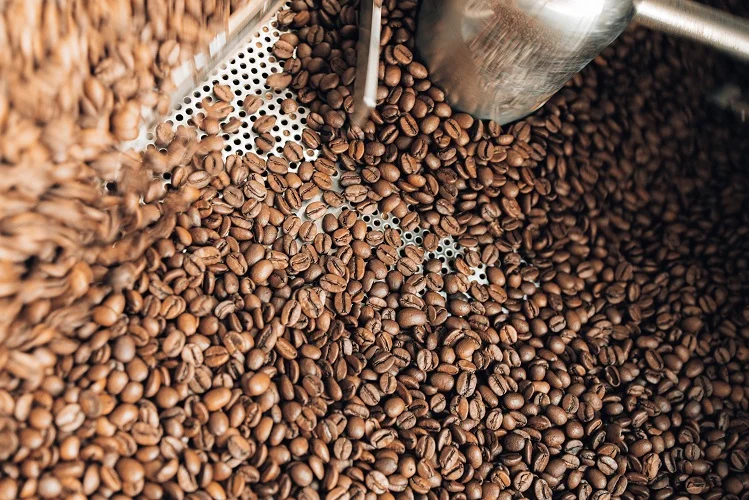
Conveying Coffee Beans within a Processing Facility
One of the most important challenges to overcome in coffee processing is choosing the right conveyor. Most producers and farmers are looking for a reliable, hygienic, efficient, and quiet conveyor system that will move the coffee through each stage of the production and packaging process with minimum breakage and no cross-contamination.
Tubular cable and disc conveyors are the most optimal solution for conveying coffee because they move the materials gently through an enclosed tube. It doesn’t damage the product during the process, which is crucial because dry beans are very fragile. Also, it is hygienic and easy to clean.
Since the tubular drag belt conveyor system moves ground and roast coffee through an enclosed tube (without the use of air), it virtually eliminates product degradation and separation that occurs within traditional conveyors. Furthermore, flexible layouts are customized with multiple inlets and discharge points to customer specifications.
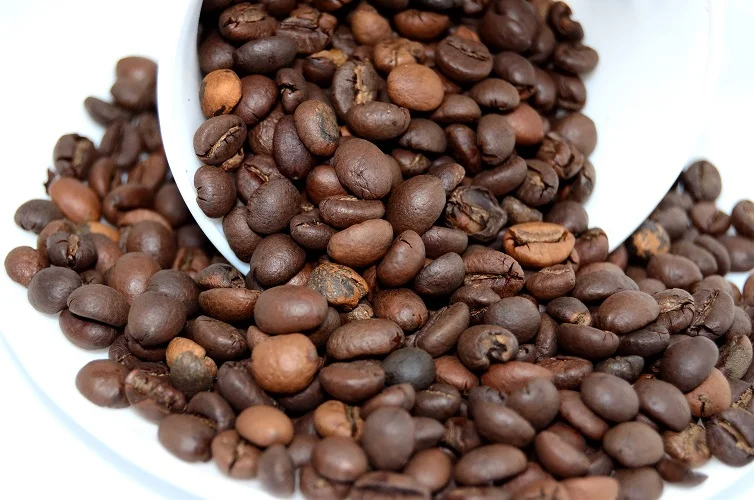
The Future of Coffee Processing
Countries with a tradition in coffee production have always favored a certain process. For example, Korea and Taiwan are regions with long traditions for eating fermented and pickled food, so they’ll often favor naturals. On the other hand, most of Central and South America use the washed process because they are large coffee producers, and the washed process is the most consistent method (when it comes to quality).
However, things are now changing because of the increased demand for specialty coffee. More and more farmers are ready to try other processing methods (where climatic and environmental factors allow them). In Rwanda, Guatemala, and Nicaragua, some producer groups and farmers are turning to honey and natural processes, which allows them to create new flavor profiles that coffee aficionados may find unique and unusual, which adds more value to the farmer’s crop.
Innovations in Coffee Processing
When it comes to innovation in the coffee industry, farmers are taking things beyond just altering the processing method. Some of them are trying to find the best catalyst to speed up fermentation, while others are experimenting with the absence of oxygen (during fermentation). Knowledge-sharing and new technology are also contributing to the creation of different, unique coffee profiles.
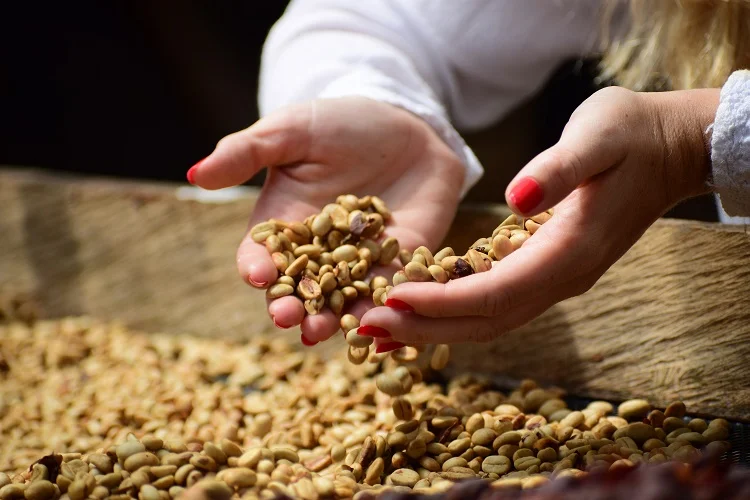
The Importance of a Conveyor Belt System in Coffee Processing
Coffee processing is an integral part of developing the character and flavor of a cup of java, but it rarely makes it to the headlines. The experts at Cablevey know from their experience that coffee breakage is a big deal for producers, especially when conveying roasted coffee beans (which are brittle and prone to damage).Our tubular cable and disc systems are flexible and enclosed, which limits contamination, and limiting contamination has proven essential in ensuring traceability. Add consistent hygiene, low energy consumption, and easy maintenance of their industrial conveyor belt for food, and you have everything you need to deliver high-quality coffee beans to your consumers. Contact us today and let us make your processes more efficient and easy, whether you need a custom conveyor belt for the warehouse or other bulk material handling equipment.


